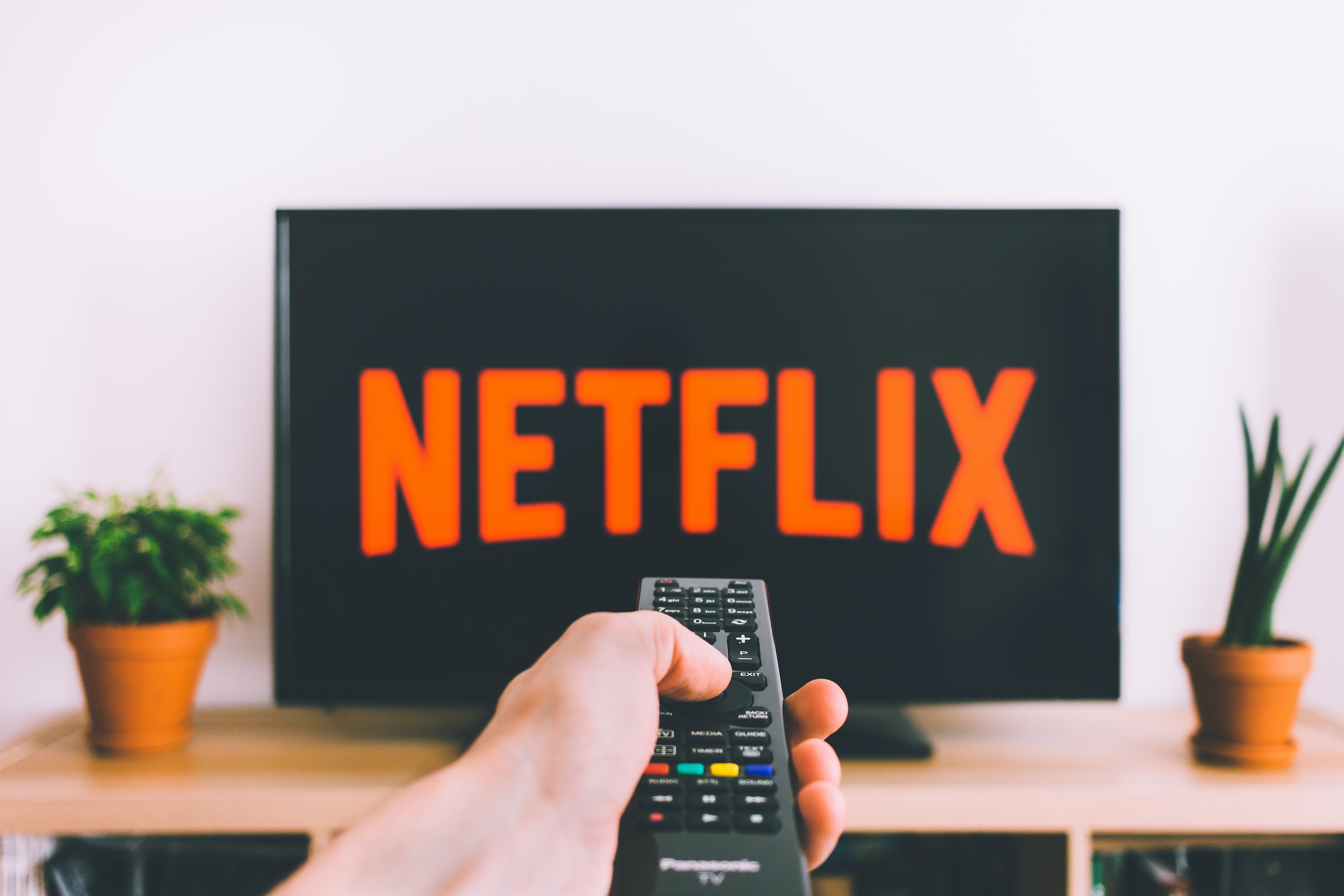Breaking digital media’s brand recognition ceiling

Few inventions can claim to have completely changed how the business world functions. Email and digital advertising perhaps top this list in recent times. The IT and internet boom of the ’90s elevated a new business model which disrupted the status quo. The perceptible hype around digital media and obituaries written for all other traditional media seem hasty in retrospection now. Despite the cord-cutting, traditional media continues to enjoy its lofty position in the marketing mix. Conversely, the digital budgets have only increased and were expected to match the traditional media at $333.25 billion in 2019. Digital media has certainly displaced TV and other mass media platforms as the most cost-effective way to reach the addressable market.
However, if you observe media from the brand recognition lense a different picture emerges. A Bains Insight study a few years back found out that only 30% of target audiences with intent to purchase can recall brands from the campaign. This number doubles up at 60% for TV. For startups and brands with a limited budget, it may not be possible to simply advertise on both. Is there a way for brands to improve their recall while continuing to benefit from the cost structure of digital ads? We bring you an exploration of the current trends across channels and methods that can aid you in your hunt for better brand recall.
First, what’s up with the video ads?

Nailing the video
Streaming media is the closest thing to the lean-back TV experience. 59.5 million* US households with wifi now stream their favorite content. Naturally, it’s a potent opportunity for media, and fast approaching a tipping point. The OTT landscape is now splitting across two distinct models that will largely impact your media strategies. While on one side of the puzzle, you still have free streaming platforms like YouTube, which are largely ad-supported, premium ad-free services have taken a huge lead when it comes to viewer attention. Netflix and Amazon Prime shows are frequenting mainstream award circuits and influencing pop-culture, while the giants like HBO are making a transition to the OTT. All of this may seem far removed from day to day hustle of startup brands, who may or may not possess the financial muscle needed to create and disseminate video ads on these platforms.
Fortunately, there’s YouTube.
A key thing to remember is that OTT streaming is substantially fragmented, and viewers often subscribe to multiple platforms. Many of them still retain their appetite for more content about their favorite shows on a free platform, despite their ever-growing entertainment bill. As per the recent survey by Comscore, Youtube users were found as the second most engaged users, consuming nearly 80 hours of content per month on the platform.

To put this in perspective, that’s almost two full work weeks.
The silver lining for most brands is that most subscribed channels and most-watched videos need not always be from a celebrity handle. For example, ‘Cocomelon Nursery Rhymes’ is one of the top subscribed channels with 69.3 million views. The binge effect can influence the audience to switch from the latest episode of ‘The Handmaid’s Tale’ to a channel that reviews that episode, to listicles by channels like Looper that simply list weird things about the show. The possibilities are endless when it comes to video ad placement, and identifying your audience and their likes can be an effective strategy for better video ad performance.
However, to back up a bit, brands can have a hard time choosing between creating an in-stream ad or simply going to an influencer. The right option? It depends on your objectives.

The economics of social media influencers
Obviously, if you could place a video ad, and also use an influencer to market your brand, you can’t go much wrong with that. It’s likely to improve recall and help you break the ice in important meetings. The harsh reality is that influencer marketing for a single post can end up burning a sizeable hole in your annual advertising budget, even at a relatively humble figure of $50-60k per post.
Choosing a DSP (Demand Side Platform) or an ad network for a similar budget can ensure millions of impressions of your ad at an average CPM of $2/1000 impressions. However, greater exposure doesn’t automatically result in a greater recall. If the influencer in your sector regularly posts videos with a few hundred thousand views, your brand may benefit more by a single insertion, due to the behavioral pattern of high intent consumers.

Product reviews are replacing the word of mouth
The purchase instinct has undergone a sea of change in the last decade. Instead of asking for someone, who knows someone, who has tried the product, the first instinct before any purchase now is to check for the reviews. YouTube and other streaming platforms are no exception.
80% of your audience has searched for reviews of a similar product or service in their purchase journey.
The discovery of new solutions now begins with a product review, then a comparison, and finally (hopefully) a search for how your product or service works. The sheer time spent by the audience consuming product reviews is staggering at 50,000 hours on mobile alone.
However, if it was just about selecting the right influencer, you would likely enter an attrition based model where your competition can and will outbid you. Timing and presentation of your video ads or product placement matter too, as do other aspects of your marketing campaign planning. A strategic evaluation of how much you can spend, and when, can be a good place to start.
The personalization route to boosting Brand recall
What we remember about our favorite brands is heavily dependent on associations formed with it. For TV, and to an extent for video ads, this has always been a ‘one-way broadcast’ model so far, but this is changing.
“84% Millennials don’t trust traditional advertising” – Forbes
Users today do not pay heed to what they’re told about a story. Millennials are especially skeptical and have an all-time low trust deficit when it comes to traditional marketing. 84% of millennials in a recent study disclosed that they don’t trust traditional advertising. Surprisingly, nearly 60% are okay with branded content as long as it’s ‘authentic’. The quest for meaning and real authenticity poses an interesting challenge for the brands. It means it’s no longer possible to neglect the other core aspect of the brand- the core experience of engagement.

A good experience paves the way for a recall
Brand recall doesn’t end with the discovery of the brand anymore. For example, a consumer may find out about your brand through their beloved influencer and jump directly to Reddit to discuss it within the community. In case you’re thinking this doesn’t apply to your lifestyle or fashion consumers who wouldn’t bother digging that deep, think again. The 2019 official Reddit report reveals that even communities meant for beauty products have seen a massive upswing of 87% in the number of subscribers. This creates a loop for marketers when it comes to brand recall. It’s no longer possible to identify exactly what is influencing customer behavior circa 2020, and without any means to know what ails the performance, they can’t go about fixing it. Fortunately, this is one area where the omnipotent superpowers of AI may not be exaggerated.
Chatbots, text-based AI engines, and sentiment analysis platforms originally meant to identify and bridge the gap in customer experience, also offer insights that may be invaluable for marketers. Consider the Montreal-based text analytics platform- Keatext for example. The platform has successfully processed over 18 million comments to date across sectors, to help brands identify what their customers are saying. Keatext is one of the many tools that mine through multiple channels that modern marketers have in their kitty today, including open-survey questions, online reviews, chat logs, and social media posts. The result? Smaller brands can compete with giant organizations of analysts and data crunchers to accurately identify disruptive new ideas and build robust acquisition strategies.

Remember, remember the abandoned customer
The biggest advantage that some of the bigger brands have over up and coming ventures is their size. In many ways, it’s an uneven match when bigger brands can amplify their message through each sales rep by building a wholly separate organization just to train them. As a result, they can outcompete smaller brands who may not be able to engage with all the prospects in a timely manner.
“Your reps are your brand ambassadors, and good reps help build recall.”
Chatbots have been proposed for a long time as a solution, but it’s time to ask, are they finally coming of age? The answer could offer a silver bullet to brands that only boosts recall, but also stop leads from dropping off. For example Heyday, another Montreal-based startup is pushing the envelope with social ads that are directly linked to an AI chatbot. Their click-to-chat ad funnels are rewriting the old marketing campaign rules. Adding an AI twist to marketing can help smaller brands beef up their conversion thereby compensating for restrictive budgets. Let’s go back to the influencer vs. ad budget example for a bit. Solutions like Heyday can derisk the strategy of opting for influencers, making the campaign more actionable by using a chatbot link that the influencer can share with the audience.

Last word on brand recognition – ‘Chemistry’
Or you could also call it the ‘team’, and this means both full-time employees, contractors, interns, and consultants you hire to work on your brand. The issue of a talent crunch is particularly severe in the technology space, where it has already become a mainstream challenge, not just a startup problem. Yes, platforms like Upwork are definitely an option but set a dangerous precedent if consistency is not kept in mind.
There’s no alternative to getting the chemistry right when it comes to your team of ‘brand custodians’. A good first step would be to start working on finding and retaining the kind of people you need for your brand’s vision. Interestingly, the best advice for this comes from one of the largest corporate brands – IBM.
In the words of Jon Iwata, Former Chief Brand Officer of IBM,
“We don’t manage our brand, we manage our character”
One could interpret this as a way to put culture in the mix. The right set of people, working in close collaboration using deep listening tools, creating a unique narrative that reaches its intended audience are all individual elements that have a definite role to play. As far as branding for the recall is concerned the whole is definitely bigger than the sum of its parts.

